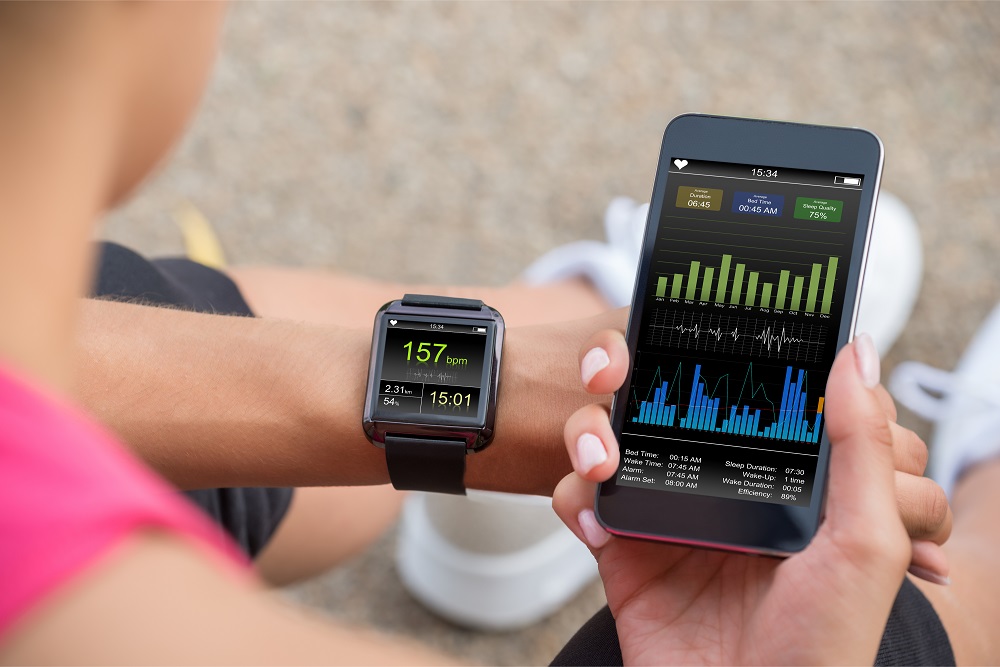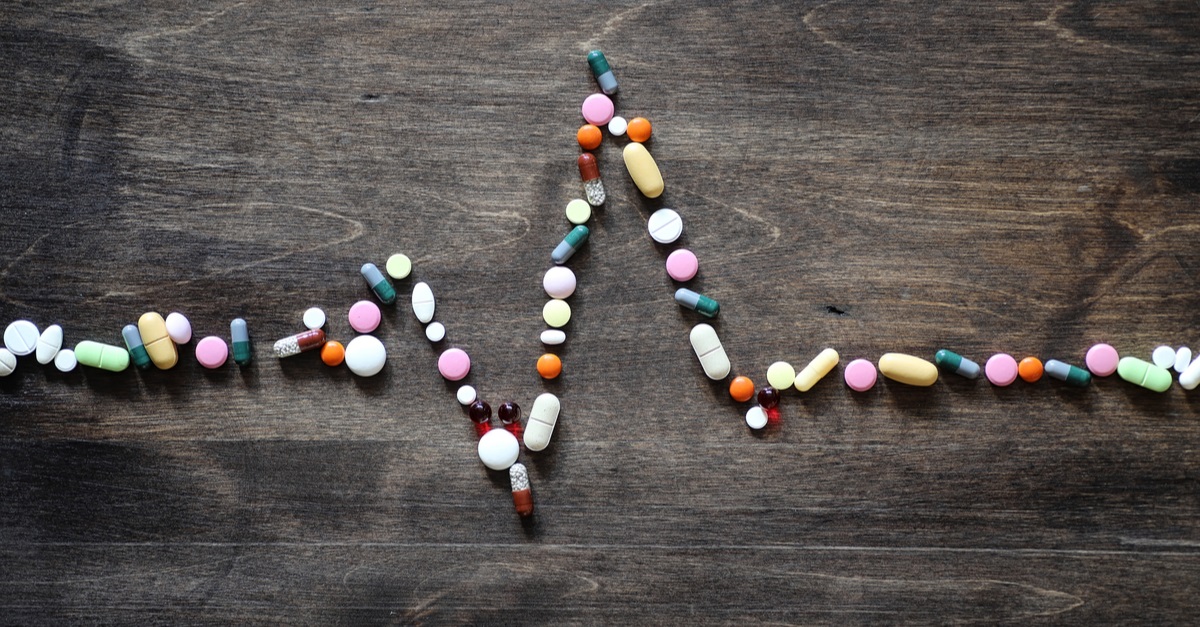Last Updated on October 21, 2022 by admin
If you have ever worked out in a gym or taken group exercise classes, you might have heard the gym instructor or fitness trainer refer to something called recovery heart rate. For instance, in several spinning classes, the spin class instructor might ask you to record a recovery heart rate after finishing the challenging aspect of the session. However, you might not understand the term recovery heart rate or its implication in fitness and health.
Thankfully, this article aims to help you understand what recovery heart rate is and how it can benefit you.
What Exactly is Recovery Heart Rate?
Recovery heart rate can be defined as your pulse rate at the end of an exercise. Certain fitness specialists refer to this rate as the post-exercise heart rate. Depending on the settings, there are various reasons for using this pulse number.
When is a Recovery Heart Rate Taken?
For fitness classes, an individual might take a recovery heart rate 3 to 5 minutes after the exercise to ensure that their heart is appropriately recovering. Some group exercise instructors, particularly spin class instructors, recommend that your recovery heart rate be brought to under 100 beats per minute before getting off the spin bike.
Recovery heart rate can also be used in basic fitness tests like Beep Test and submaximal step test. You should note that the recovery heart rate is not a measurement of fitness for individuals on heart rate-affecting medications.

What is a great recovery heart rate?
Your recovery heart rate is just one of a few metrics that you can use to evaluate your fitness and health progress. Some individuals also measure their heart rate throughout the day and while exercising. The question is, what should be a reasonable baseline heart rate? Typically, an average heart rate is anything from 60 to 100 beats per minute, and a lower heart rate within that range is generally better.
However, there are several factors that could affect your heart rate. As stated earlier, if your heart rate happens to be lower or higher than your normal baseline during a particular day, it could be because of caffeine consumption, heat, emotions, medication, body position, or genetic factors. Generally, your daily heart rate is likely to decrease as your level of fitness improves, which in turn causes your cardiovascular system to become a lot more efficient.
Nevertheless, it is always important to speak with a medical doctor before engaging in any physical activity, particularly if you have a history of heart issues.
How to Know if Your Recovery Heart Rate is Reasonable?
While understanding recovery heart rate, you might wonder if your recovery heart rate is good or even average. Generally, a lower recovery heart rate after an incredibly intense workout or exercise is better. In an exercise class or any other fitness setting, instructors love to see your heart rate below 100 beats per minute in the first 3 to 5 minutes after the exercise.
Regarding graded exercises, clinicians prefer to see your heart rate reduced by at least 12beats per minute in the first 60 seconds after your workout. This metric accounts for the standing position; however, your heart rate should reduce by 22 beats per minute if you are sitting. The good thing is that there are many charts that you can use to measure your fitness level thanks to your recovery heart rate.
In specific fitness tests, you have to step up and down on a 1-foot box at a rate of 24 steps per minute. This test lasts for 3 minutes. Your recovery heart rate is measured one whole minute after the test has been administered.
Ways to Improve Your Recovery Heart Rate
There are several things you can do if your recovery heart rate isn’t where you would like it to be. The first thing you have to do is wait a couple of days. This might seem like doing nothing, but it can be advantageous as you have to wait for the factors that could hamper your heart rate that day to fade away. Your heart rate could have been higher than expected for a host of reasons, for one, if you consumed caffeine on that day or if you didn’t drink enough water.
Nevertheless, if you realize that your recovery heart rate is generally higher than it should be, it might be wise to consult a doctor. In various instances, your doctor can revise your medical history and even conduct a medical investigation as to why your recovery heart rate is high. However, you should remember that your doctor might recommend improving your fitness level, training your heart to recover effectively.

The most effective way to start, mainly if you have lived a sedentary lifestyle, is an easy exercise program. Many people might be surprised that they don’t need to do intense training to begin seeing results. The primary goal is to add easy workouts into your comprehensive movement program, including vigorous and moderate physical activity. Measuring your heart rate in this instance can help you know that you are training at the right level of intensity.
Recent research has shown that athletes who utilize a heart rate-based exercise regimen could raise their fitness level without increasing their volume of exercise. This can be great news for those who don’t have much time to exercise.
Conclusion
As evident from this post, many factors can affect your recovery heart rate. The important thing is to take a couple of readings over some days, perhaps even after engaging in different activities, to have a clearer idea of how healthy your heart rate is.

